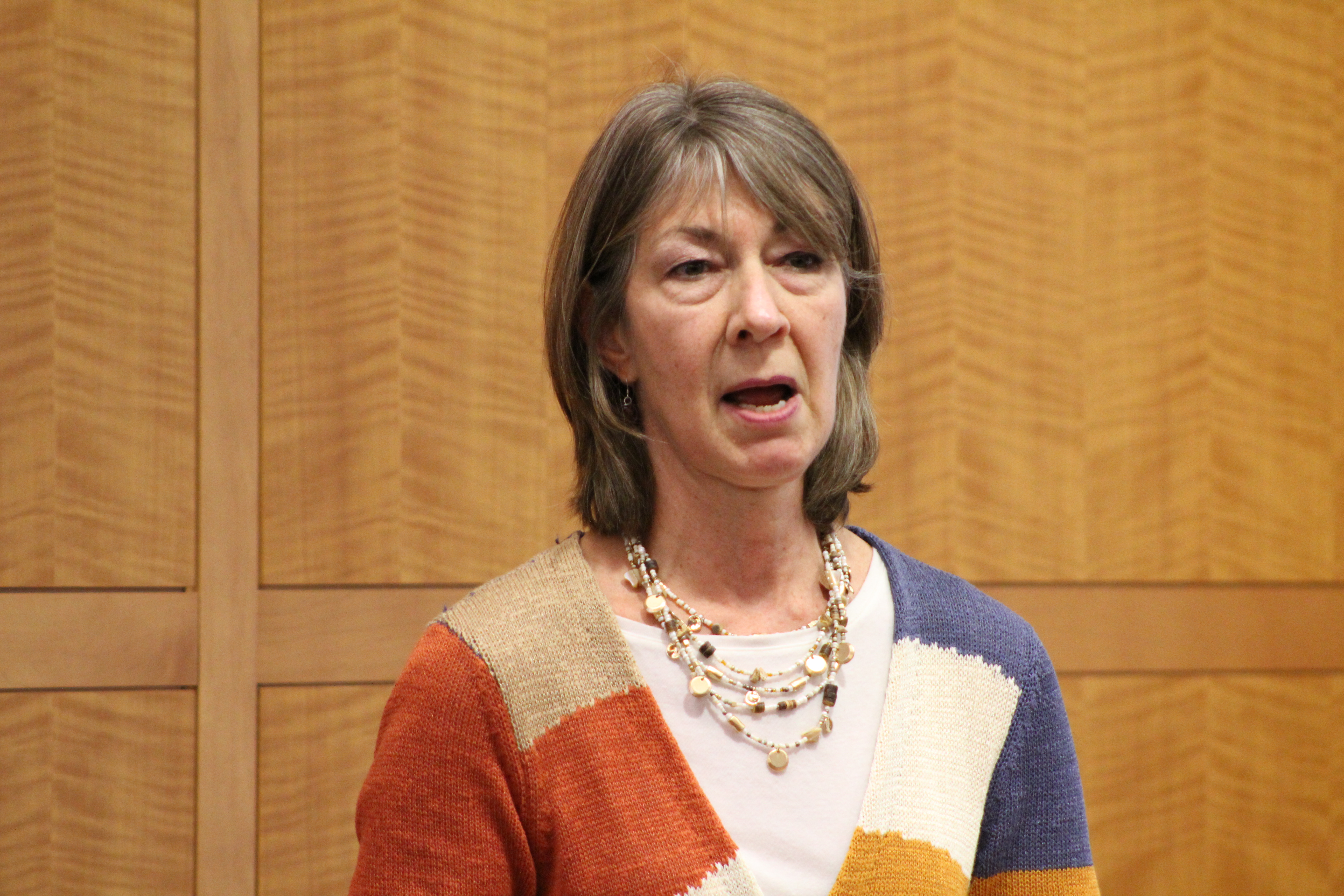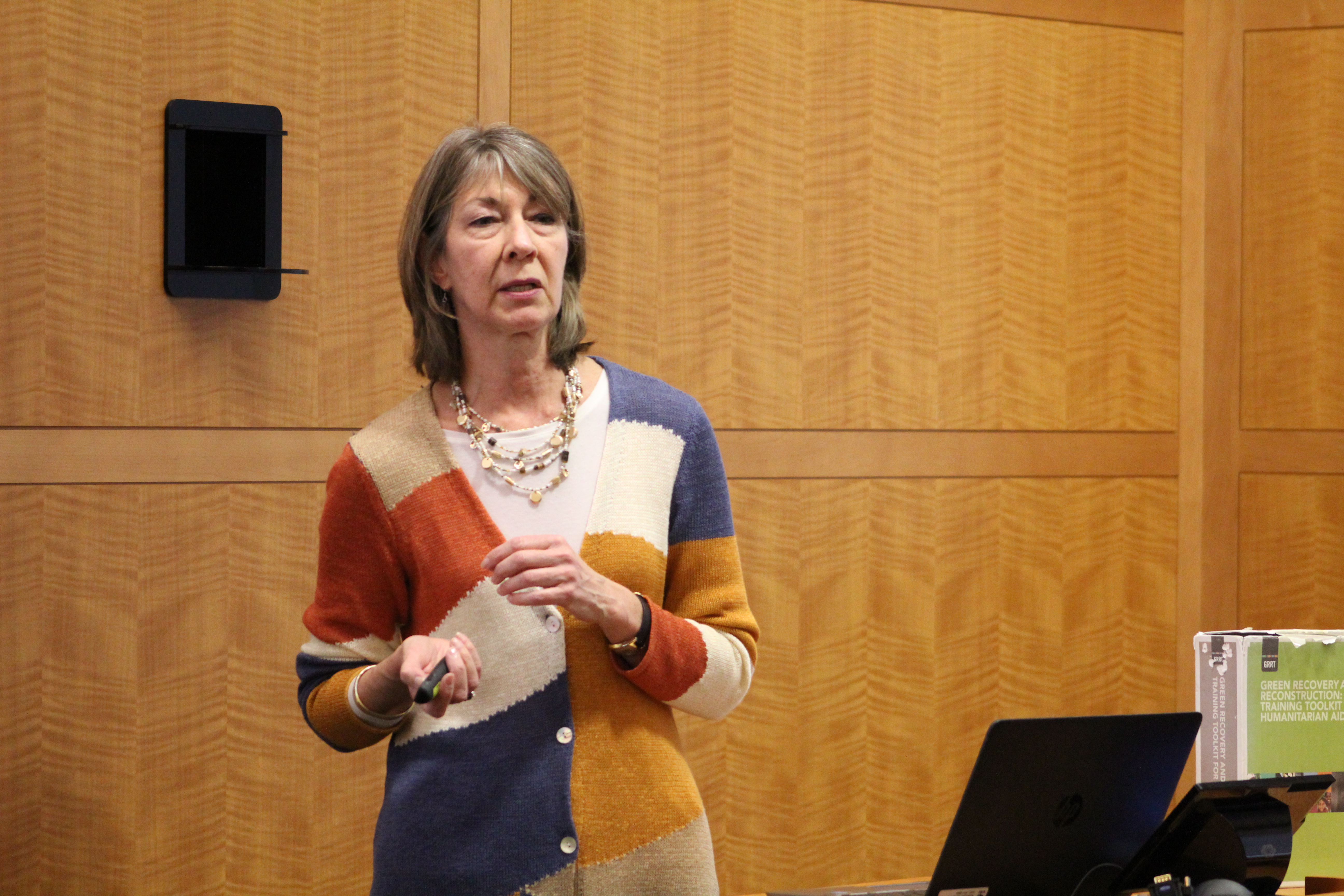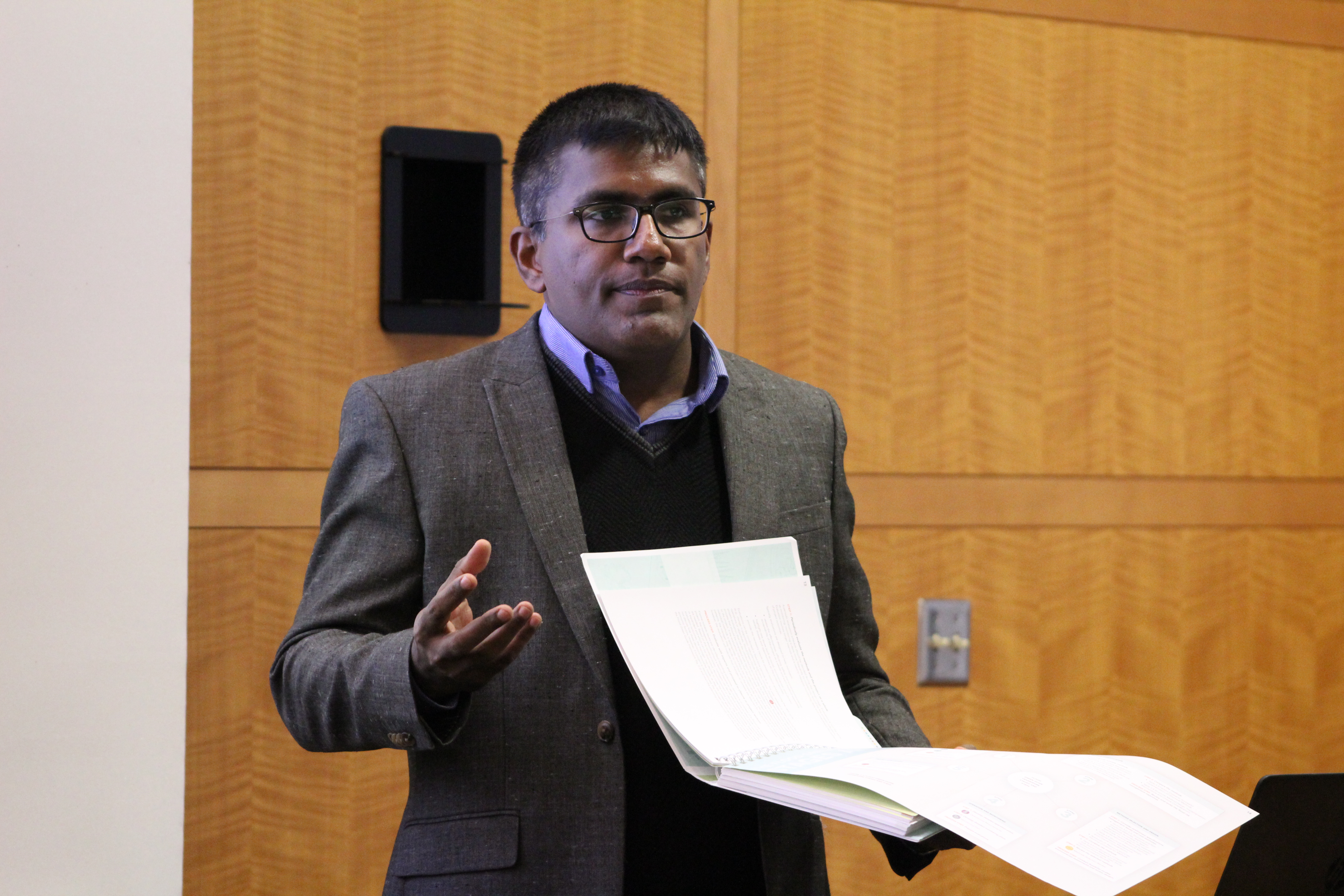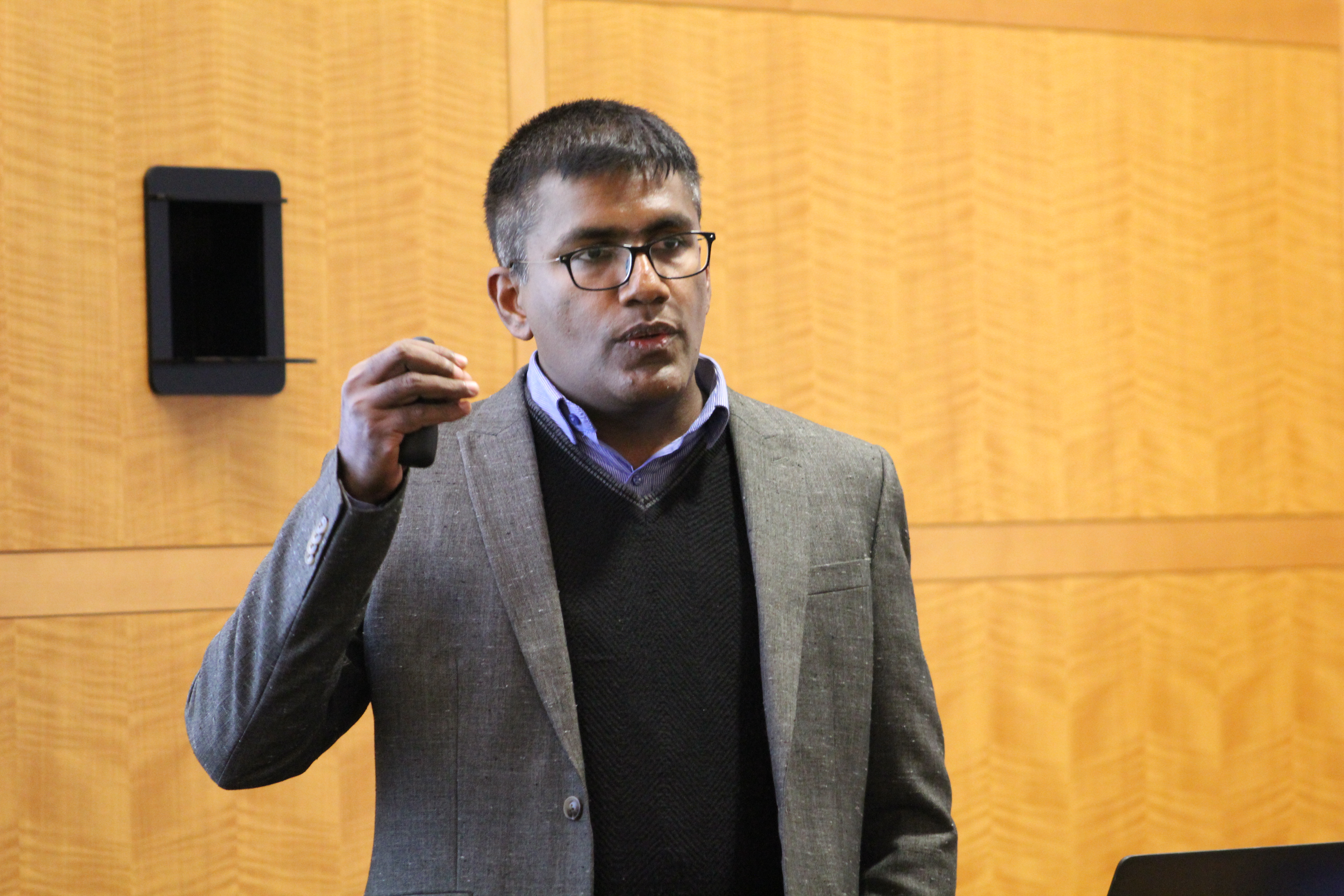When considering causes that the World Wildlife Fund supports, the logical expectation is that it helps with conservation and other environmental efforts. After all, the logo of the organization is a panda.
Interestingly, the WWF, as a result of its missions, has also contributed to disaster management and relief – even in collaboration with Northwestern. Anita van Breda, WWF senior director of environment and disaster management, along with Missaka Hettiarachchi, WWF environment and disaster management fellow, spoke at an event on Wednesday put on by the Departments of Chemical and Biological Engineering and the Institute for Sustainability and Energy (ISEN), which worked on a disaster relief guide with the WWF.
At the presentation, van Breda and Hettiarachchi discussed the methodologies of the WWF that connect conservation with disaster relief, as well as how that connects to NU. For the WWF, the intersection of the NGO's mission and disaster relief occur due to five reasons: physical destruction of nature, uprooted populations encroaching into the wilderness, large-scale rebuilds requiring materials from the wilderness, priority changes for WWF staff in affected regions, and risks to endangered species from human-wildlife conflict.
"We don't like the term natural disasters because no disasters are natural," Hettiarachchi said in reference to human influences on disasters.
To mitigate the effects of disasters on nature, the WWF has prepared guides and toolkits for aid organizations like the American Red Cross along with a twenty-four hour hotline for information. These guides include the Green Recovery and Reconstruction: Training Toolkit for Humanitarian Aid, the Flood Green Guide, and the Building Materials Environmental Guide. The latter of these was created in collaboration with ISEN and has been used in Nepal following the 2015 Nepal earthquake that killed thousands and caused billions of dollars in damages. Using the BMEG, Nepal was able to minimize the environmental and economic costs of reconstruction.
Previously, the WWF partnered with the Red Cross after the 2004 Indian Ocean Tsunami to help eliminate the environmental impacts of rebuilding. These included waste and water management, shelter construction and helping victims of the tsunami to establish livelihoods that are sustainable.
In addition to these programs, van Breda presented Climate Crowd, a crowd-sourcing technology that allows the WWF to see the effects of climate change on a global scale through the use of local reporting. This was not the only technological innovation shown, as Hettiarachchi revealed that virtual reality training is in development to help prepare workers for environmental situations that they will experience in the field.
Weinberg sophomore Brigitte Xu came to the presentation because she is interested in environmental work. Xu "wanted to learn more about it and see what they had to say," she said.
But things changed for Xu after the conference.
"I realized that I don't want to work for them because I feel like I want to make more systemic change, maybe in terms of policy as opposed to going in after something has already happened to mitigate the disaster," she said. "If there are things set in place, a lot of things they are helping can be prevented."



